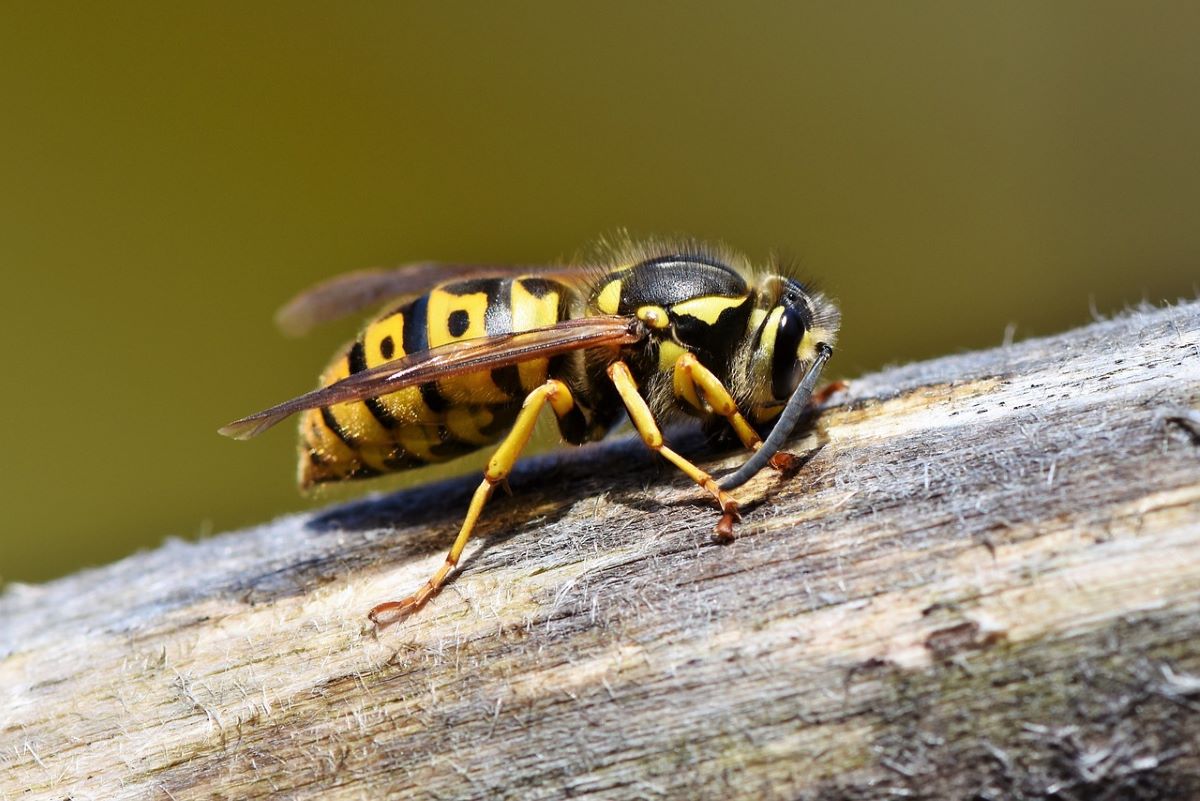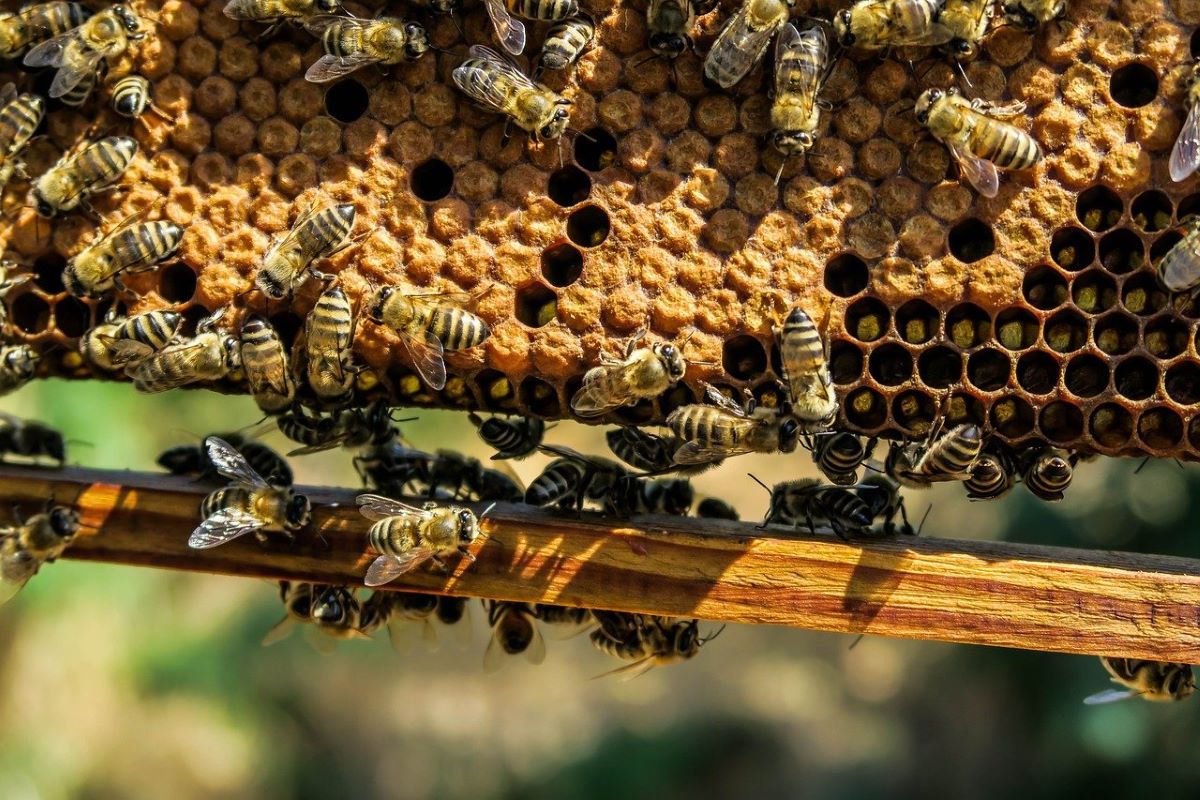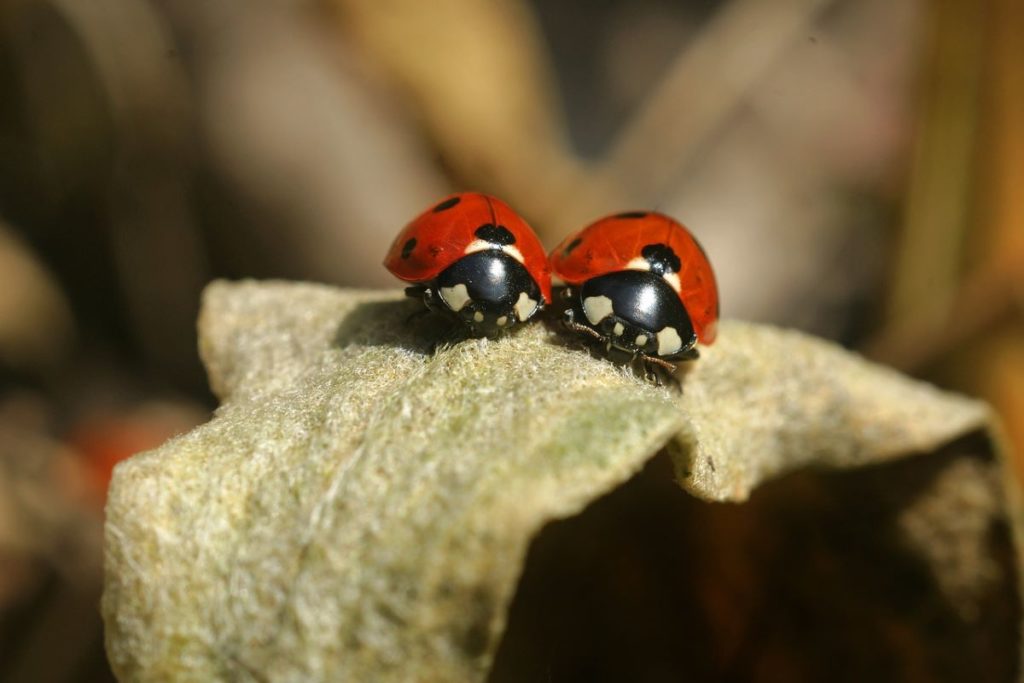With colder months in full swing you may have noticed more insects in your house. In this blog post we are going to talk about what insects do in the wintertime to survive the cold months.
First, let’s learn a little more about insects. There are over 900,000 species of insects on Earth! Insects make up roughly 80% of the total number of species on earth. Plus, scientists agree there are still species out there that are not included in this count. All species of insects are organized into 24 orders, such as beetles and flies. In the United States there are approximately 91,000 species of insects, some of the most common orders are…
- 23,700 species of Coleoptera (beetles)
- 19,600 species of Diptera (flies)
- 17,500 species of Hymenoptera (bees, ants, wasps)
- 11,500 species of Lepidoptera (moths and butterflies)
Now that we’ve learned a little about insects it’s time to find out where they go in the winter. Some insects such as monarch butterflies and crop insects like aphids migrate. Monarch butterflies often spend the winter in Mexico where there are 12 pockets of forests they gather in for the winter.
However, many insects successfully survive winter as immature larvae. Heavy leaf cover provide protection, or insects can burrow deep into the soil. Insects can also survive as eggs, pupae, or nymphs (adolescent insects), though it is less common.

Wasps survive the winter by seeking warm shelter in the eaves of houses. Credit: Capri23auto from Pixabay
Besides migration and larvae, insects can also hibernate. A great example of this is the ladybird beetle, more commonly known as ladybugs. They are often seen in great numbers in the fall because they congregate at high elevations. Many large wasps can also seek shelter in the eaves and attics of houses or barns. Honeybees have been found to be semi-active during winter in their hives by generating body heat. This is possible due to the consumption of up to 30 pounds of stored honey during the winter. The dormant condition that bees enter in the winter is known as diapause.

Honeybees survive the winter by eating up to 30 lbs of honey. Credit: Pexels from Pixabay
Keep your eyes out to spot some ladybird beetles, wasps, or honeybees preparing for winter.


